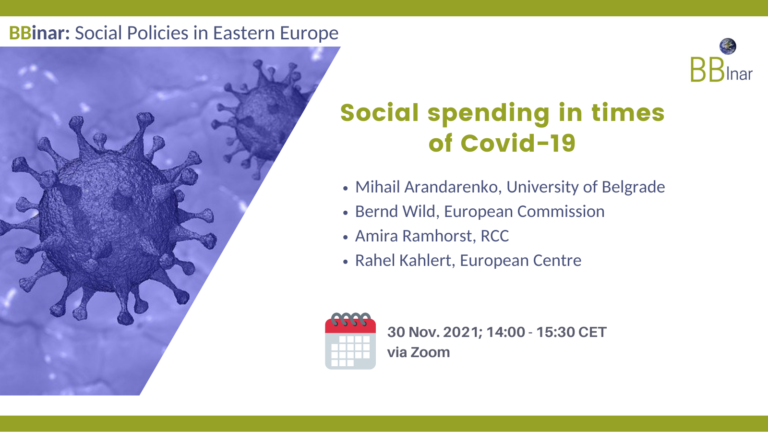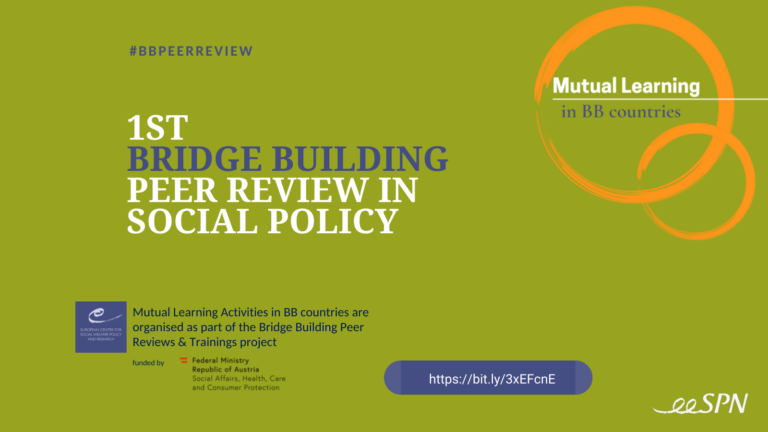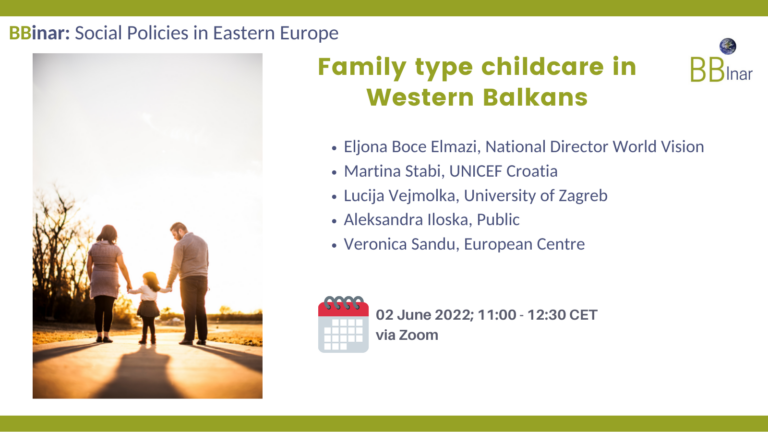Introducing Gender Equality Plans in research institutions
Introducing Gender Equality Plans in research institutions: the example of the University of Tirana, Albania by Merita Xhumari
The project “Leading Towards Sustainable Gender Equality Plans in research institutions – LeTSGEPs”, a project of Horizon 2020, No 873072, was approved in 2019, and it is under implementation during the period 2020-2023. The University of Modena and Reggio Emilia is the coordinator of the consortium of universities and research centers that participate in LeTSGEPs project, with team leader Prof. Tindara Addabbo, Full Professor of Economic Policy. The partner organizations are: RWTH Aachen University, Germany, University of Messina, Italy, Mathematical Institute of the Serbian Academy of Sciences and Arts, Serbia, Cergy University, Paris, University of Tirana, Institut de Ciències del Mar, Spain and Max Planck Gesellschaft, Germany.
Across research institutions, gender imbalances still exist and are widely tolerated: few of the top positions in academia are occupied by women, and women still experience slow career progression. To tackle these issues, it is important to define concrete objectives and employ measures on an individual, cultural and structural level. In particular, structural changes ensure lasting and sustainable effects. Powerful tools for this kind of change are Gender Equality Plans (GEPs), that can play a key role in achieving gender equality in higher education and research organizations. Gender Equality Plans are plans that include gender as a key criteria or variable, as a way to integrate a gender dimension into policy. These plans can serve as a monitoring tool for Gender Equality.
Furthermore, Gender Equality Plan has taken a special value in the context when the European Commission has announced that it will be an eligibility criterion for public bodies, higher education and research organizations from Member States and Associated Countries in their application to the Horizon Europe calls with deadlines in 2022 and beyond.
These are the reasons why the overall objective of LeTSGEPs is to implement institutional changes through Gender Equality Plans. To do so, the project studies the state of the art of the measures to achieve gender equality in the abovementioned six implementing institutions. It will also design and ensure continuity to sustainable Gender Equality Plans inside those institutions. As GEPs cannot reach their full potential without the use of gender budgeting that incorporates a gender perspective at all levels of the budgetary process to promote gender equality, the project has a particular focus on Gender Budgeting.
The specific project objectives are:
- Setting a methodological framework for sustainable and effective Gender Equality Plans with Gender Budgeting
- Planning Gender Equality Plans in a heterogeneous set of Research Performing Organisations
- Implementing Gender Equality Plans within Research Performing Organisations
- Monitoring, evaluating, and improving Gender Equality Plans.
- Promoting participation and networking
- Disseminating and communicating the outcomes of the project.
The project created a network of partners with different levels of experience in Gender Equality Plans and Gender Budgeting. They are working together to design a common methodology to implement GEPs in their environment. The local staff is actively involved to learn how to design GEPs tailored to specific issues, and how to implement GB. Training materials in the partners’ national languages (Albanian, French, German, Italia, Serbian, Spanish) as well as in English are available on LeTSGEPs website.
Among the accomplished deliverables of the project is the University of Tirana’s Gender Equality Plan, which has been developed during the period June 2021 – May 2022. The first year of the project, which can be considered as a preparation phase, consisted of the analysis of University of Tirana’s indicators in the context of the Albanian strategies to promote gender equality, as one of the basic principles of the EU integration process. Then, a series of capacity building and training of the LeTSGEPs project assisted the UT colleagues on the design phase of the Gender Equality Plan, by sharing the best experiences between partner organizations in the project to discuss the main measures and actions.
Gender Equality Plan of the University of Tirana aims the awareness raising, trainings, data collection, analysis and measures on: 1) Gender equality in recruitment and increasing the participation of women in research and innovation and improvement of their career prospects; 2) Gender balance in leadership and decision-making; 3) Integration of the gender dimension into research and teaching content; 4) Work-life balance and organizational culture; and 5) Measures to prevent gender-based violence including sexual harassment.
Yet, few challenges remain for its implementation, such as the stakeholders’ engagement and the support from the highest UT administration level to its academic staff and students, developing standard indicators according to International Standard Classification of Education (ISCED) for UT, which are still missing at national level, and dissemination of the GEP ideas and novelty beyond the University of Tirana.







